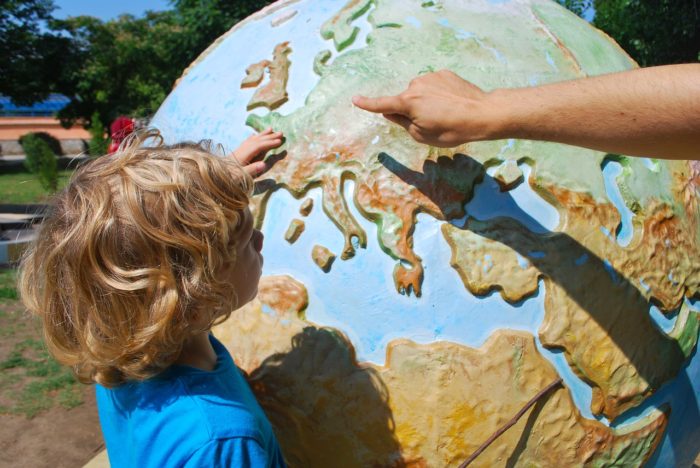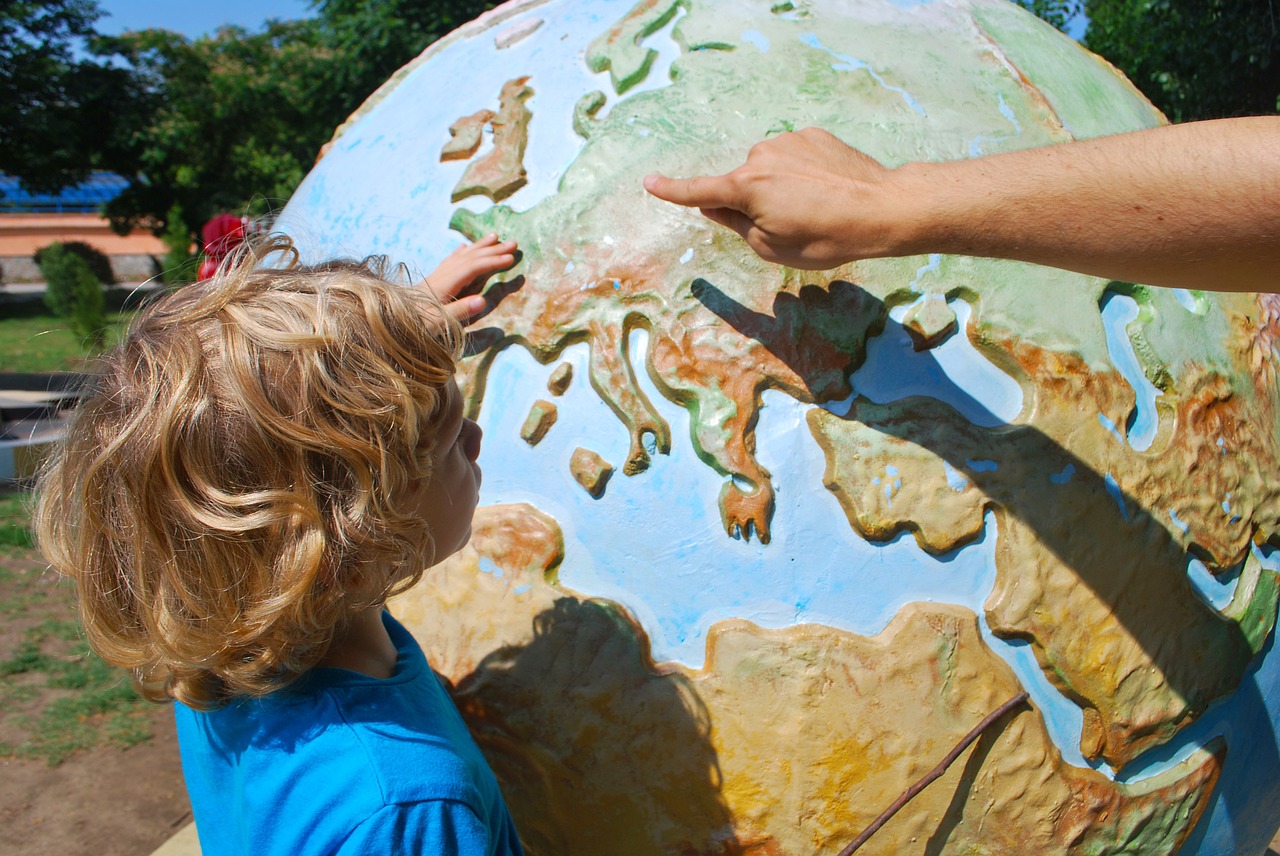We will continue to explore how children acquire languages, at each age. Language learning milestones are closely related to a child’s growth and as the brain develops, they acquire more tools. The involvement of the parent is very essential.
As we saw earlier, speaking several languages at home can lead to certain challenges. There is a certain “competition” between languages where the contextual factor (any social space outside the home) and that of personal identity are key criteria. The development of the personality, identity and social capacities of boys and girls influence the acquisition of the language and through the years, these three aspects continue to be refined.
Children from 0 to 3 years
From the age of two – a little more or less depending on each child – children begin to have conversations, in which they learn to navigate the language in their own way. To do this, they will seek validation from their parents and caregivers.
At this age the child:
- Recognizes what each word means; learns the names of things and the verbs that refer to daily activities.
- They distinguish which languages are spoken, although the notion of language is very abstract for them. “I talk to dad like that.” “I talk to mom like that.” “In kindergarten we talk like this.” “With my grandparents I talk like this.” And they easily change the language depending on the interlocutor.
- Children repeat everyday expressions and recognize when to use them. They can memorize songs and sing them.
- They begin to narrate their experiences. With some nouns and verbs they can describe what they do, what they would like to do, what happens with their dolls, what dad does in the kitchen.
By 3 years, children can perfectly start a conversation, though there will be multiple grammatical errors. It’s better to avoid correcting their mistakes, saying “not like that,” “that is wrongly said,” and so on. Instead, repeat the sentence correctly. For eg.
Child: “Mum to work no more.”
Mum: “Oh, you meant that Mum is done working?”
Listen to your little ones and respond to their concerns and narratives. This gives them security to continue learning the language. Additionally, be willing to answer questions because at this age they are eager to expand their vocabulary.
Children from 4 to 7 years
At three years of age, children finish building their notion of “I” so that the process of developing their identity begins. For bilingual children, language acquisition poses additional challenges and opportunities.
- Children may ask for and make use of more learning tools, such as books, audio books, stories, age-appropriate movies, comics, word games, flashcards, storytelling, language didactic classes. By this, you will be helping the child acquire new words and expressions.
- They intuitively choose one language over the other. This choice is based primarily on context. Children tend to prioritize the language that allows them to be autonomous. That is to say, they choose a language they can speak with the neighbor, at school, with their teacher and with their friends. So you have to be patient and accept that one or both languages being spoken at home may be ignored.
- Consistency is necessary, however. Every mom and dad should continue to speak in their native language, regardless of whether the child seems uninterested. But, you must avoid forcing the child to speak in a particular language, or preventing the child from speaking a particular language. This will bring nothing but aversion towards those languages. At home, it is essential the child feels confident and accepted no matter what the fluency of language.
Children love to feel useful, so sometimes they play at translating some parts in different languages. Hence, schooling is key. The confidence of being able to express themselves makes them become more fluent in languages. Additionally, older siblings take on the role of language teachers for younger siblings.
Niños de 7 a 12 años
This age is perhaps more challenging for the parents, than it is for the children. The socialization in the school, and the constitution of a social circle of friendship and play, makes it easier for the kids to communicate in the language of the context (the city/contry where they live).
However, it is very likely that at least one of the parents at home speaks the context language, while the other party only speaks the minority language. Considering the high probability that the child would refuse to speak the minority language over time, conflicts can arise where one of the parents feels left out. That invites both parents to learn and use the language of the context.
Children will naturally pick one language over the other one. It is a practical choice, linked with their personality development. It should not be seen as a dishonoring choice, or a personal offence.

Important is to mention how, over time the homework from school will increase, thus the more the parents want to be involved in their children education, the more they should be capable of understanding the language. It is a team work, that contributes to the family integration in the society.
Therefore, it justifies maintaining a multicultural and diverse social environment, where people who speak the languages of the parents come in close contact with the child. The routine life with recreation, learning and the culture of having two or three languages, further reinforces the bi- or multilingual capacity in children. It also makes them confident and inculcates an appreciation for their language and culture.
Tweens and teens
In this stage, young people increasingly want to make autonomous decisions. In the best of cases, they will remain open to both the languages being spoken at home and that of the outside. Whereas in the worst case scenario, they will only want to speak the language they use with their friends.
This has some key nuances, which go beyond languages. The relationship, direct and respectful communication, and the example are all very important.
Since compelling will only inspire rejection, it is best to give them the full freedom of choice. However, books and movies in the native languages or having accessible material appropriate to their interests becomes very important. Avoid insisting but be willing to practice the languages available at home.

Language courses for children and teenagers?
In the instances when you want to reinforce one of the home languages; promote literacy learning; maintain a didactic practice space; diversify language acquisition strategies; prepare the child for an exam or prepare the child for a change of country. It is better to select a language course designed for the specific age and needs of the child.
Language course for parents of bilingual children?
One of the difficulties parents face is their own literacy, especially when the language of schooling is different from their own. Therefore, it does not hurt to acquire or brush upon one’s own basic skills.
by @lutmadev



